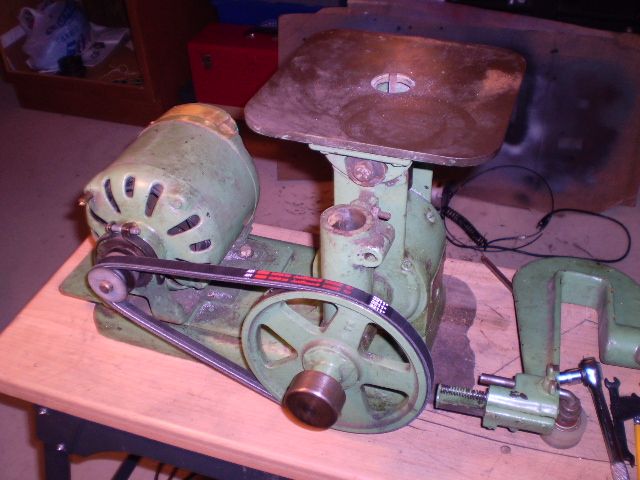Philjoe5
Well-Known Member
- Joined
- Jul 12, 2007
- Messages
- 1,727
- Reaction score
- 321
I recently acquired an Oliver Instrument Die Filer from a friend who no longer needed it. The machine I have dates to the 1950's (I think). The company is still in business with support for the products it has manufactured.
All I had to do with it was put a new belt on it.

My friend also gave me several files to go along with it. It's exactly the kind of machine you want to use for squaring a round hole. As soon as I practice a bit with it I'll post a few pictures.
Phil
All I had to do with it was put a new belt on it.

My friend also gave me several files to go along with it. It's exactly the kind of machine you want to use for squaring a round hole. As soon as I practice a bit with it I'll post a few pictures.
Phil




